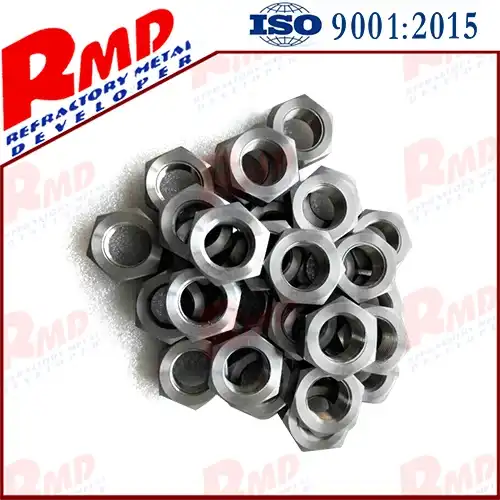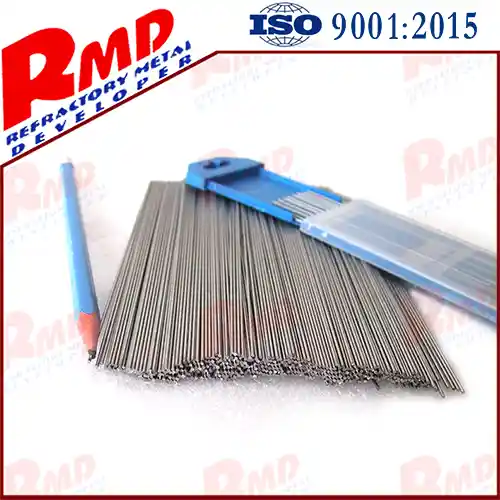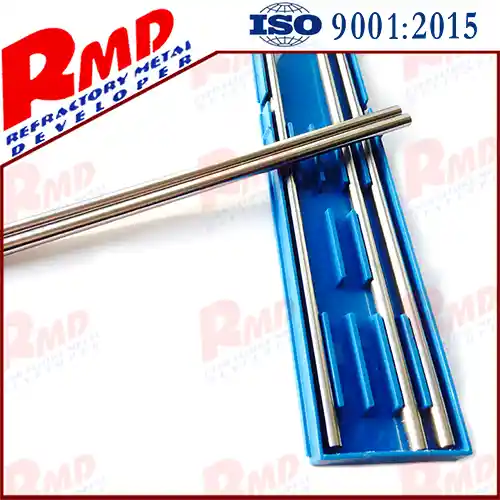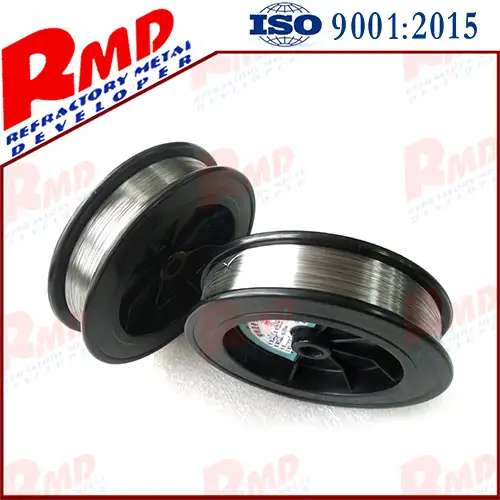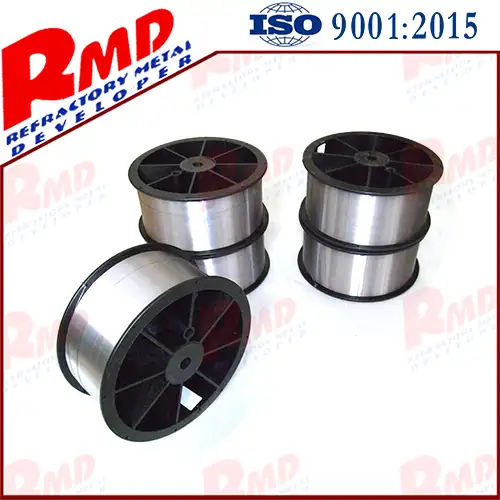- English
- French
- German
- Portuguese
- Spanish
- Russian
- Japanese
- Korean
- Arabic
- Greek
- German
- Turkish
- Italian
- Danish
- Romanian
- Indonesian
- Czech
- Afrikaans
- Swedish
- Polish
- Basque
- Catalan
- Esperanto
- Hindi
- Lao
- Albanian
- Amharic
- Armenian
- Azerbaijani
- Belarusian
- Bengali
- Bosnian
- Bulgarian
- Cebuano
- Chichewa
- Corsican
- Croatian
- Dutch
- Estonian
- Filipino
- Finnish
- Frisian
- Galician
- Georgian
- Gujarati
- Haitian
- Hausa
- Hawaiian
- Hebrew
- Hmong
- Hungarian
- Icelandic
- Igbo
- Javanese
- Kannada
- Kazakh
- Khmer
- Kurdish
- Kyrgyz
- Latin
- Latvian
- Lithuanian
- Luxembou..
- Macedonian
- Malagasy
- Malay
- Malayalam
- Maltese
- Maori
- Marathi
- Mongolian
- Burmese
- Nepali
- Norwegian
- Pashto
- Persian
- Punjabi
- Serbian
- Sesotho
- Sinhala
- Slovak
- Slovenian
- Somali
- Samoan
- Scots Gaelic
- Shona
- Sindhi
- Sundanese
- Swahili
- Tajik
- Tamil
- Telugu
- Thai
- Ukrainian
- Urdu
- Uzbek
- Vietnamese
- Welsh
- Xhosa
- Yiddish
- Yoruba
- Zulu
Some Properties Of Refractory Metals
2024-01-05 18:00:06
The most important advantages of refractory metals are good high temperature strength and good corrosion resistance to molten alkali metals and steam. The main disadvantage is poor oxidation resistance at high temperatures. Tungsten-molybdenum has a high plastic-brittle transition temperature, which is difficult to plastically process at room temperature; the workability, weldability, low-temperature ductility, and oxidation resistance of niobium and tantalum are superior to molybdenum and tungsten.
Antioxidant
Tungsten and molybdenum oxide volatilization and liquid-phase oxides occur at temperatures above 1000 ° C and 725 ° C, respectively, and they are often referred to as "catastrophic" oxidation. Niobium and tantalum are heated in the air. Only when the temperature is higher than 200 ° C and 280 ° C, there will be significant oxidation. With the increase of temperature, the scale layer of niobium and tantalum cracks and powders, which deteriorates the oxidation resistance. In order to solve this key problem, two measures have been taken: one is to prepare an anti-oxidation alloy, and the other is to add an anti-oxidation protective coating, but neither has been able to produce materials that are used at a temperature of about 1050-1250 ° C for a long time. It is necessary to add a protective coating to the material for short-term use (several minutes to several hours) at a high temperature of about 1400 to 1700 ° C. This material has been put into practical use on some spacecraft components.
Low temperature brittleness
Plasticity-brittleness transition temperature (hereinafter referred to as transition temperature) is an important parameter for measuring the low-temperature ductility of refractory metals and their alloys (especially tungsten and molybdenum). Among refractory metals, tantalum has the best plasticity and the lowest transition temperature (below -196 ° C). Niobium is less plastic than tantalum, but better than molybdenum and tungsten. Tungsten has the worst room temperature plasticity and the highest transition temperature. The transition temperature of molybdenum is around room temperature. The effect of temperature on the plasticity of tungsten, tantalum, molybdenum, and niobium is shown in the figure. The transition temperature is related to the stress state and deformation speed of the material, as well as the structure and surface state of the material. Adding certain elements (especially thorium), and carrying out a large amount of plastic processing are effective ways to improve the low temperature brittleness of tungsten and molybdenum. Interstitial elements have a serious effect on the transition temperature of refractory metals.
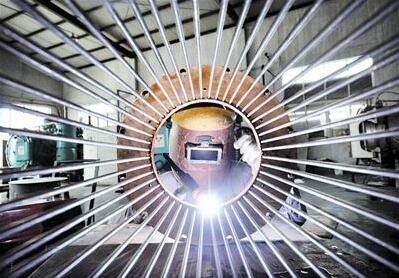 | 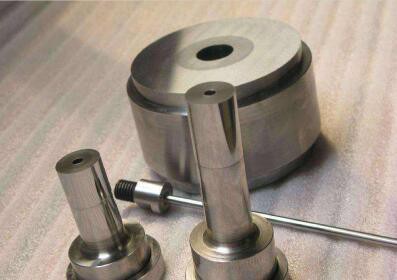 |
